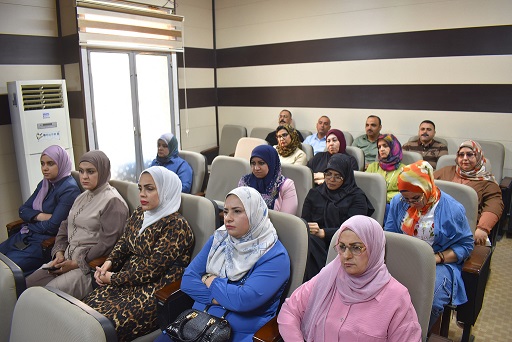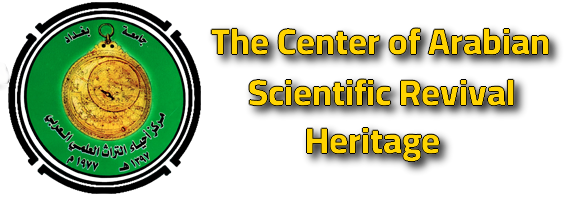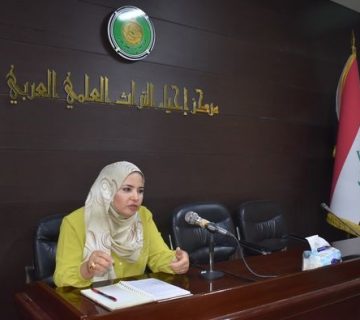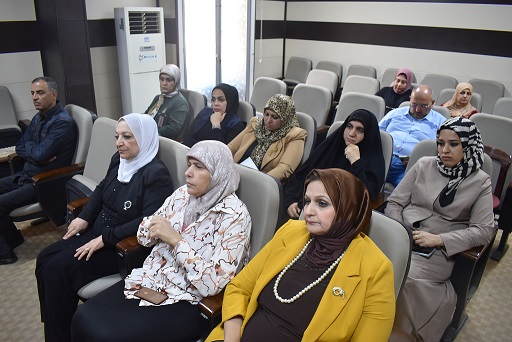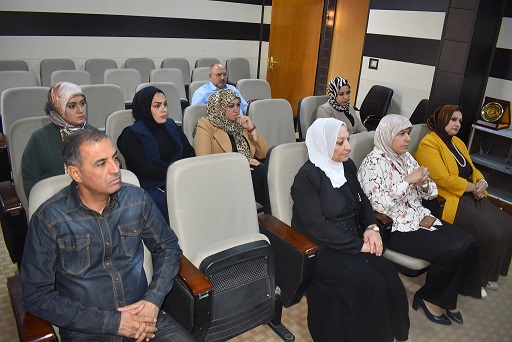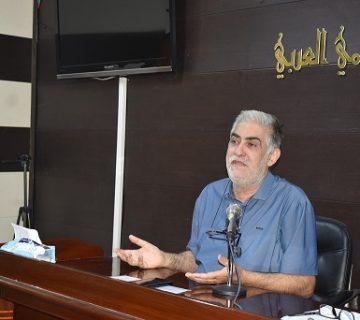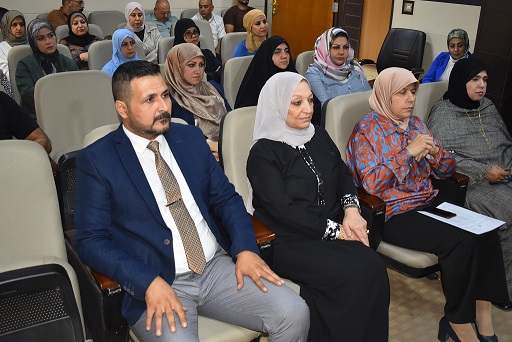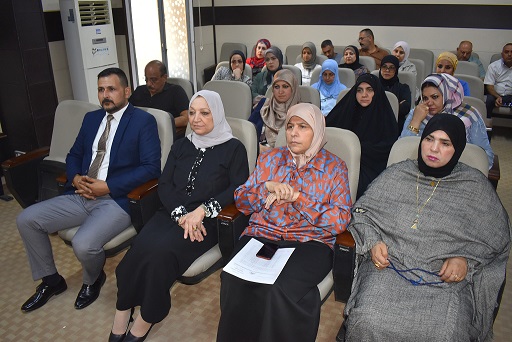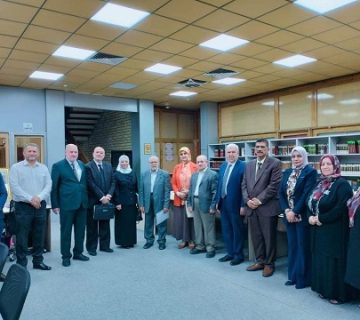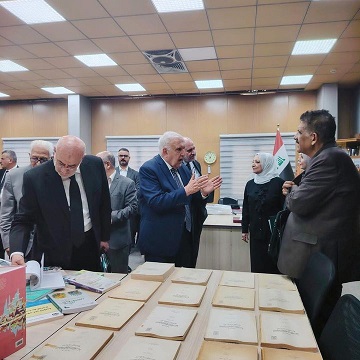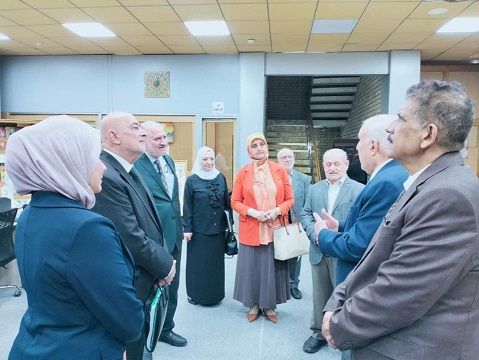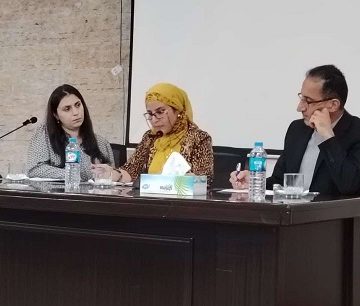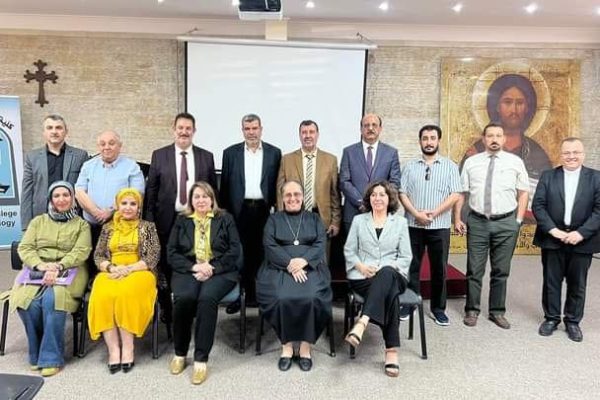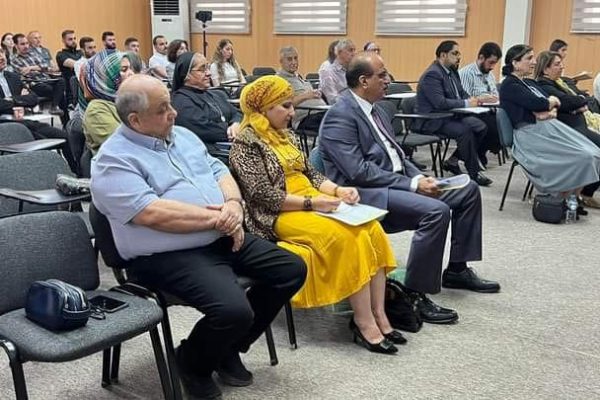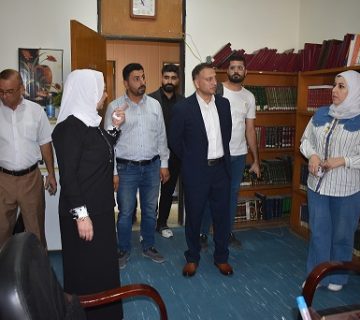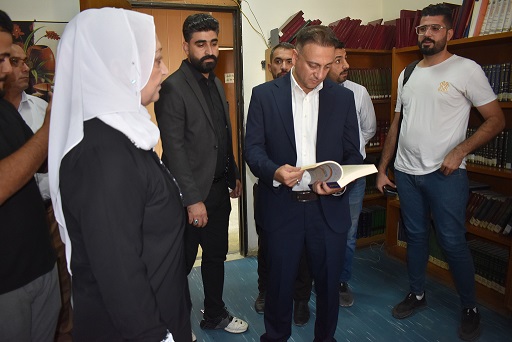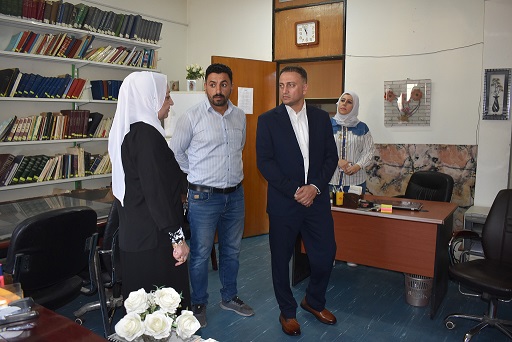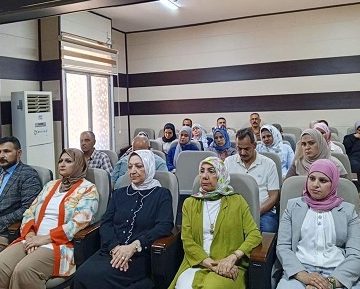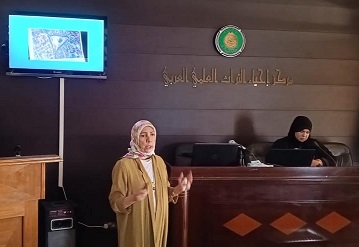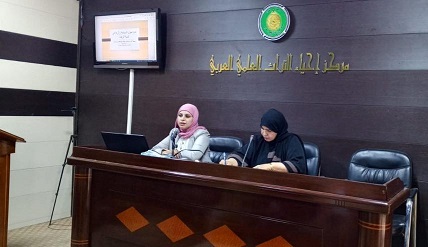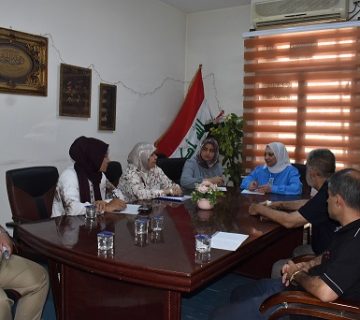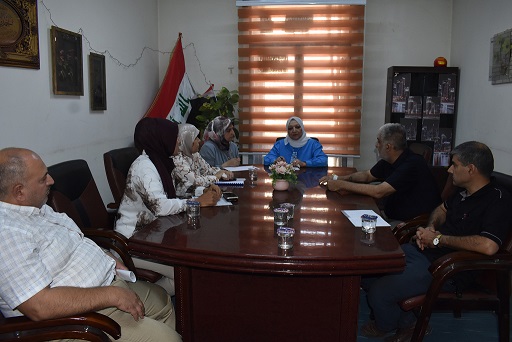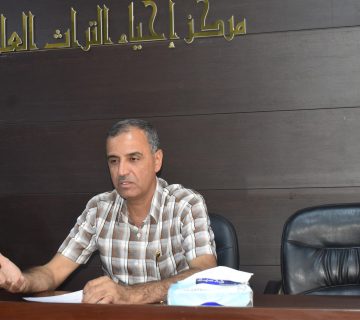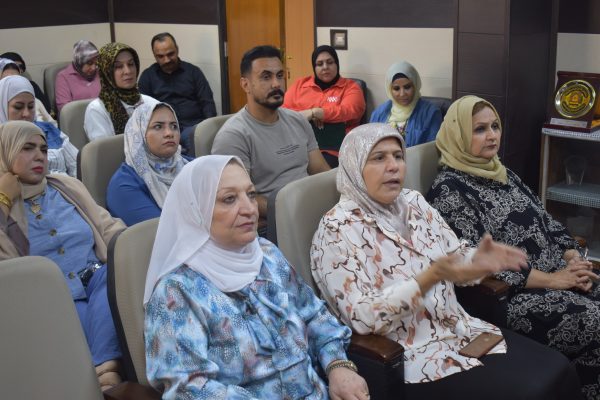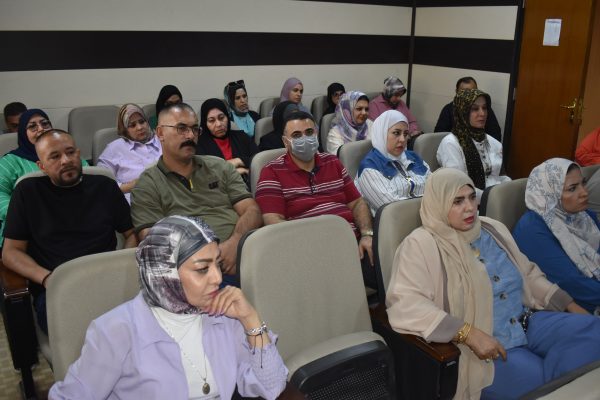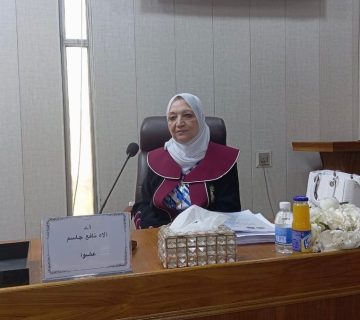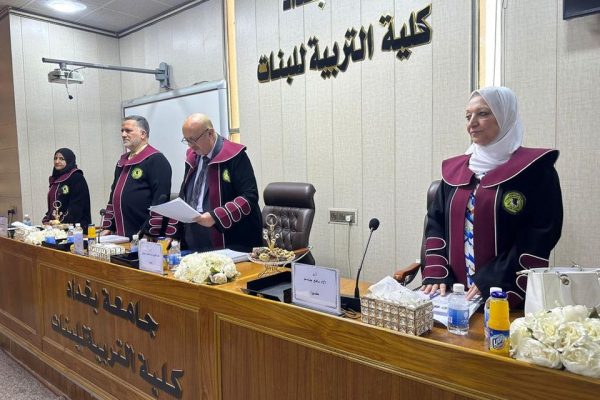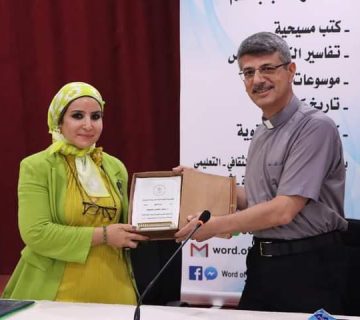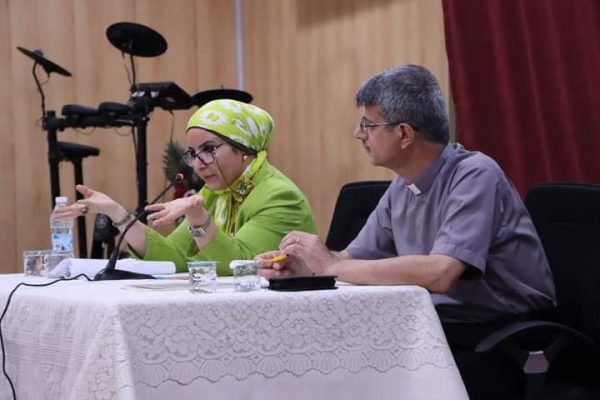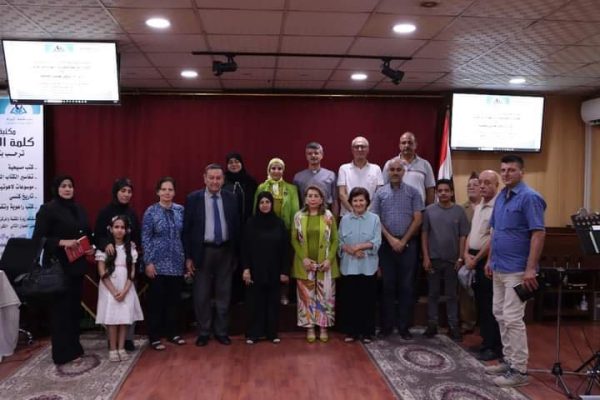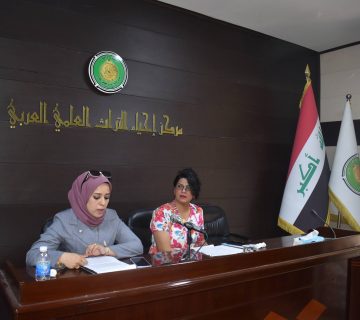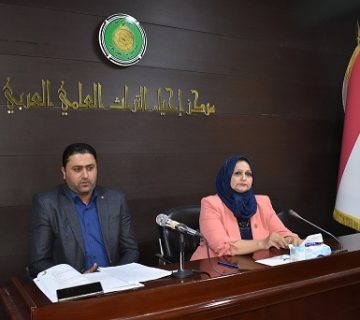
Awareness workshop Definition of the Integrity Penalties Law
The center of heritage revival organizes (Awareness workshop) (Definition of the Integrity Penalties Law)
Under the supervision by prof. Dr. Alaa Nafea Jasim , the center of heritage revival organizes workshop in cooperation with Federal Integrity Commission entitled (Definition of the Integrity Penalties Law) on Tuesday 29th/10/2024 on the Nabila A. hall in the center with presence by many members and researchers , the session headed by assist. Prof. Dr. Rasha Essa Fares (one of the center’s members) to present the program Within the anti-corruption program entitled (Introduction to the Integrity Penalties Law), the lecture was given by the respected legal advisor (Manaf Ahmed Shaalan), speaking about the work of the Integrity Commission in combating corruption and the penalties that result from that according to the Integrity Commission Law, represented by imprisonment, financial fines, dismissal from work, travel ban, and the mechanism for recovering funds in the event that the accused are convicted, as the law aims primarily to reduce levels of corruption and encourage reporting of corruption cases within procedures that provide protection for whistleblowers and enhance transparency in work. In conclusion, the director of the center thanked the lecturer, wishing him continued success
